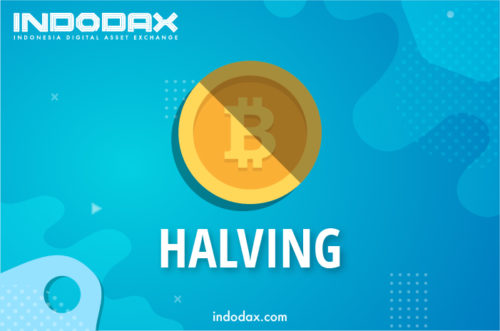The Bitcoin Halving occurs after every 210,000 blocks are mined, or roughly every four years and the block reward is given to Bitcoin miners for processing transactions is cut in half. these events are referred to as other events that occur after new bitcoins are in circulation. This is Bitcoin’s way of fixing synthetic prices until all recent bitcoins.
This reduction will have an impact on the overall supply of bitcoins so that bitcoin has the potential to be more expensive because it allows demand to exceed supply in the market. The first Halving Day we went through was in 2012 when 25 bitcoins per 10 minutes were created by bitcoin miners. And the second Halving Day in 2016 generated 12.5 bitcoins per 10 minutes and will again be lowered to 6.25 bitcoins per 10 minutes in 2020. Therefore, if we assume demand remains or increases, new supply circulating in the market will not will be able to offset the existing demand so that prices can rise.
This reward system will continue until around the year 2140, when the proposed limit of 21 million is reached. At that time, miners will be given an imbalance, which will be paid by network users, for processing transactions. These fees ensure that miners still have an incentive to mine and keep the network running.
A significant event due to another drop in the rate of new Bitcoins being produced when the supply was limited: the maximum total bitcoin supply was 21 million. As of October 2021, there are approximately 18.85 million bitcoins in circulation, only about 2.15 million remaining to be released through mining imbalances.3
In 2009, the reward for each block in the chain mined was 50 bitcoins. After getting first, it was 25, and then 12.5, and then 6.25 bitcoins per block on May 11, 2020. To put this in another context, imagine if the amount of gold mined from Earth was cut in half. every four years. If gold’s value were based on its rarity, then a “contract cut” of gold production every four years would theoretically push prices higher.





